Economic value has been tied to physical assets for most of our history. From amber to smartphones, ours is largely a story of stuff. We are living in a material world.
Yet, value exists beyond the material, not least in the space surrounding us. Void of any material, it can still hold significant value if it is in the right place. “Location, location, location”. 55 per cent of the world’s population live in cities, which together generate 80 per cent of global GDP. The dynamics at play in cities have enabled new ideas, innovation and value greater than the sum of its parts, as every doubling of size has made cities 15 per cent richer. Valuations of space in the most sought-after urban locations have surged. Smarter use of this space could unlock considerable opportunities.
The race for space has been central not only to our economies. Land-use change is the largest driver of biodiversity loss. Agriculture accounts for a larger total share of land use than urban areas. Yet, between 2000 and 2012, the world’s urban land area increased by two thirds, and 29 per cent of (near-) threatened species have been impacted by infrastructure and the built environment. As much as 40 per cent of habitat loss today is due to infrastructure expansion, and in the coming decades, this is set to get worse. The scale of the challenge is colossal, and urgent. In spite of Covid-19, urbanisation remains a force to be reckoned with – especially in emerging economies.
Fortunately, there is no dearth of solutions – in today’s cities or in those yet to be built. Promoting more compact urban growth and making use of vacant land in cities could reduce urban sprawl by as much as 75 per cent. A more circular economy can help make this a reality, by giving us more from what we have, benefiting both our economies and biodiversity.
The following five dimensions offer a lens for redefining our relationship with cities.
The first dimension – moving from A to B
The first dimension of space takes the form of a line, A to B. To move between the two, we have become increasingly reliant on transportation. Covid-19 saw it slow to a trickle. However, as more and more countries are reopening, tomorrow’s transportation sector nonetheless remains shrouded in uncertainty. Whatever the form, high use rates should be prioritised. Public transportation does this. Car-sharing also plays a part. BlaBlaCar connects drivers with spare seats to people bound for the same destination, while BloxCar in Finland lets car owners rent out their cars, one of a set of sharing solutions expected to grow.
Bikes and other micro-mobility alternatives have been on the rise, increasingly replacing car journeys. E-scooter company Voi estimates that 63% of trips are combined with public transportation and 25 per cent of trips replace a car journey. Fewer cars, less road space needed. Services like Whim make this possible by allowing for seamless transfers between different transportation systems, available for a monthly flat rate.
Besides people, we also transport goods. In 2018, the Full Truck Alliance entered China’s list of unicorns. Hailed the “Uber of trucks”, the firm helps optimise cargo space and routes by digitally linking trucks to synchronise itineraries, covering seven million truck drivers and 2.25 million logistics firms in China. Uber Freight, the shipping arm of Uber, is developing a similar brokerage app solution. We need not stop at trucks. On Hainan, regional buses also provide residents with logistics services in rural areas.
Recently, food delivery apps like Grubhub, Uber Eats and DoorDash have challenged restaurants and the need for dining space, by transporting food to our doorstep. Uber Eats now boasts over 10,000 US delivery-only restaurants, up from 3,000 in 2019. Restaurants become preparation hubs. Ghost-kitchen companies like Kitchen United in the US and Dubai-based KitOpi serve as “WeWorks for kitchens”. Similar to the coworking company, these ghost-kitchen companies let restaurants set up delivery outlets and cut costs through sharing everything from the facilities themselves, to Wi-Fi, kitchen machines, cleaning services and access to suppliers.
China may provide a glimpse of things to come: Meituan had 400 million food delivery users in 2020, and by 2030 the global food delivery market is set to grow almost tenfold, to become worth $365 billion. Could food delivery from restaurants, similar to meal kits, help to cut carbon footprints by minimising food waste? More research is needed, and the volumes of single-use plastic and last-mile emissions mean that this sector, while perhaps circular from afar, is still far from circular.
The second dimension – squares and other public spaces
Add to the straight line (A-B) a perpendicular line and you have a square, a form which holds most of our public space. Some of these squares have been off-limits to people during the pandemic, while some have been reinvented. In the summer, the Senate Square in Helsinki successfully transformed itself into a temporary restaurant terrace area, and before that many squares in Helsinki have served as year-round venues for flea markets. There is space for yet more concepts. Helsinki has also reinvented the role of libraries, offering not just books, but also musical instruments, games and renovation supplies – one library has even piloted a bike delivery service.
Many roads could also be used differently, as has for example been done in Barcelona’s “superblocks”, neighbourhoods which traffic has to flow around, freeing up 60 per cent of road space, reducing NO2 levels by 24 per cent and increasing life expectancy by more than half a year on average. Similarly, a vision of a 15-minute city – with everything you need within 15 minutes from home – has been presented in Paris, with goals to remove 72 per cent of on-street car parking spaces, allowing roads to be transformed into green arteries.
Similar to road space, parking space could be redefined. In the US, there are eight parking spaces for every car. Yet, this space is either scarce or plentiful, depending on the time of day. Digital technology allows owners of parking lots to rent out the space when it is vacant, and with more accessible information, existing space can be put to better use. Besides “storing” cars, parking lots can be reinvented as strategic assets. ParkJockey encourages “proximity as a service”, by making better use of after-hours parking and hosting mobile kitchens as well as staging areas for delivering packages. Certainly, parking space could be used for even more purposes, be it for floorball, outdoor gyms or skating parks.
The third dimension – up and down
We largely perceive of urban space across two dimensions, in a finite number of square meters. There is, however, a third, often-overlooked axis that goes up and down, underground and up into the sky. While we already have skyscrapers and sky trains above ground, and metro lines, water pipes and other networks underground, we could do much more to think 3-D. Tokyo features some rather futuristic space-sharing solutions. It is not uncommon to see droves of cars drive into skyscrapers, only to disappear. Like a 3-D version of Tetris, the vehicles are automatically transferred and stored on different levels in the skyscraper or below ground. Similar solutions exist for bikes, to avoid vehicles occupying dear space.
Montreal has an extensive underground city, useful in winter and when avoiding crowded streets above. Guanajuato, in Mexico, similarly boasts an impressive underground network made out of a system of tunnels previously used to divert floods away from the city. Today the tunnels serve as roads and sidewalks under the crowded city.
The walls and windows of existing structures are also largely unused, although they can provide green space, air purification and even vertical food gardens. In 2021, researchers also came a step closer to turning skyscrapers into power sources, after hitting efficiency records for transparent solar cells. Higher up still, in Kenya, Google’s Loon Project, which provides 4G not from base stations on the ground but from high-altitude balloons, has been fast-tracked, while delivery drones have been piloted in Helsinki. If tomorrow’s delivery robots did not compete for road space they would likely enjoy wider support.
The fourth dimension – time
Time is a dimension often overlooked. Cities are mostly considered to be confined by space and distance, but time can also be a key factor. How far from the city centre one can get in, say, one hour determines a city’s practical size. A study in the city of Birmingham in the UK has shown that if bus journey times were as reliable at peak time as off peak, the effective population – those living inside an area reachable by a 30-minute bus ride – would increase from 0.9 to 1.3 million, which could lead to a 7% increase in GDP per capita, due to agglomeration benefits. Seizing this opportunity, Birmingham, in October 2021 announced a “transformative” transportation plan, redirecting cars from central areas and introducing more cross-city buses. Time-bound connectivity can be as important as city size, and reliable public transport and micro-mobility solutions can thus effectively make our cities larger – and richer.
Cities tend to either be empty or overcrowded, depending on the time. By cutting the peaks and spreading out the flow more evenly we can get more out of both our common space and resources. Flexible working hours matter. In 2020, messages sent via Slack fell during peak hours but rose later at night. Incentives can cut peaks further.
For instance, in Helsinki discounted transit tickets (50 per cent) for seniors have been available only between 9 a.m. and 2 p.m. This logic is largely applied in tolls but could be used more to cut peaks also in our public transportation system – and even in gyms, some of which have introduced discounted but time-limited membership fees to lure in more members during off-peak hours. Another solution is to be found in hybrid hotels like Valo Hotel & Work in Helsinki, turning largely vacant hotel rooms into workspaces during the day.
Once a year in Montreal, in mid-winter, the city comes alive during la nuit blanche, as museums, other venues, and the metro system remain open throughout the night. For the rest of the year, however, most venues, public and private, stay open only for a third of the day.
The nine-to-five dimension
Even in pre-Covid-19 times, offices were vacant up to 70 per cent of the time, during which many business centres came to resemble ghost towns, sparking fears of a deeper slump in the world’s $30 trillion commercial property market. Research by McKinsey finds that 80 per cent of workers enjoy working from home, and in 2020, more than two thirds of large firms planned to downsize their office space. In September 2021, 45 per cent of US employees still worked from home fully or partly, seeing no decrease since July.
Co-working spaces, which can reduce space per employee by as much as 70 per cent, are likely to become a more popular choice, from only 5% of the market before 2020 to a 30 per cent market share by 2030, as offices become less permanent and cutting rental costs becomes an increasingly important factor for maintaining competitiveness. As all offices cannot be turned into co-working spaces, other solutions are needed. For example, offices can be turned into apartments – or kindergartens.
The necessity of offices in central locations has also been brought into question. Twenty per cent of the world’s jobs could be done remotely, and there may be shifts away from urban centres, particularly in service economies. This looks likely in the UK as well as in the US, as fewer commutes enable people to live farther from the office. It remains to be seen to what extent peri-urban and rural areas will benefit from this shift in the long term.
Our cities represent some of the largest paradoxes of today. Engines of innovation, wealth and growth, their footprints have outgrown the world’s planetary boundaries. The epitome of efficiency, the city of today is nonetheless incredibly wasteful in how it uses one of its most precious resources: its space.
With the right set of eyes looking out across new dimensions, many opportunities can be unlocked that will allow us to get more from less.
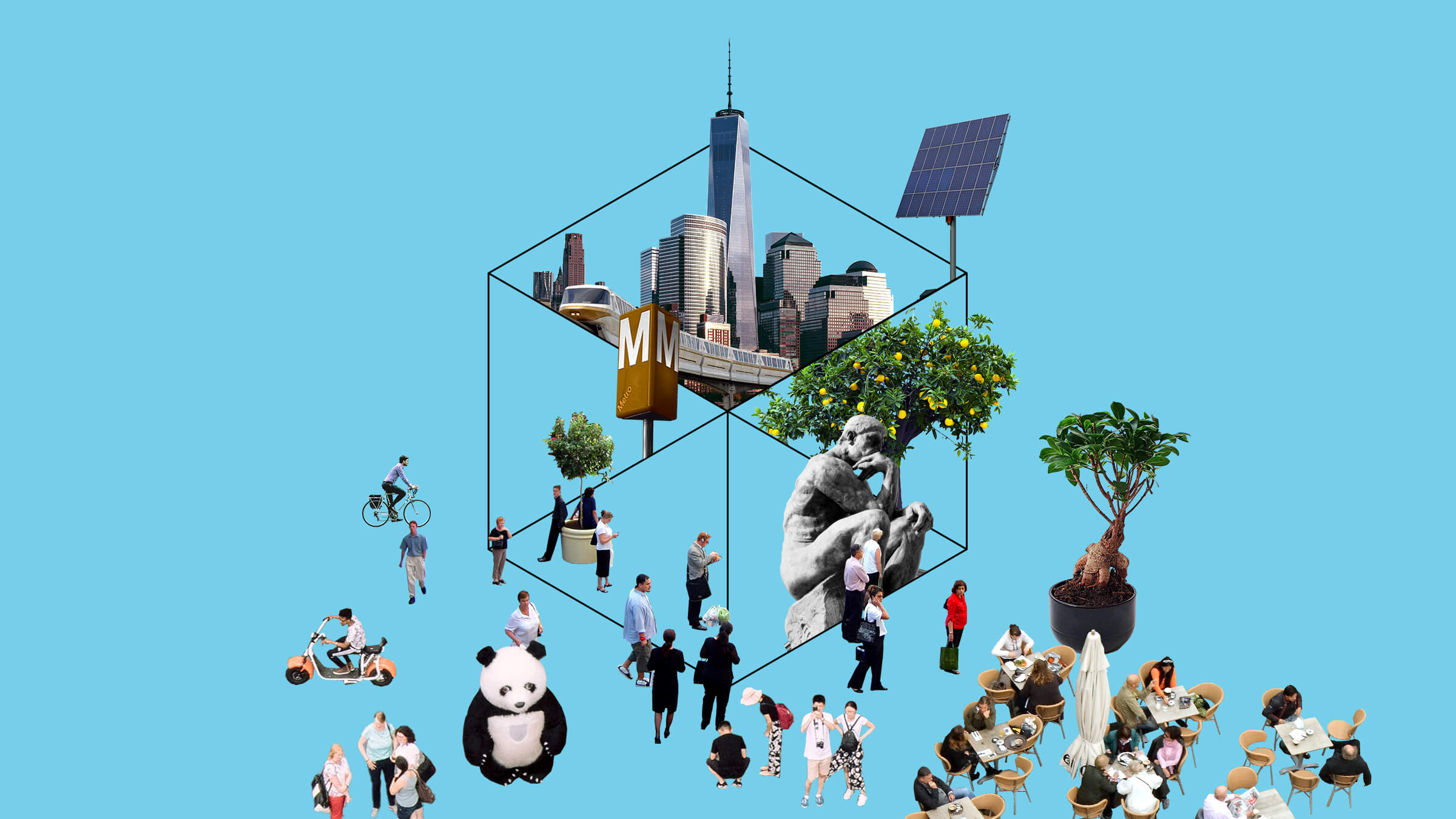





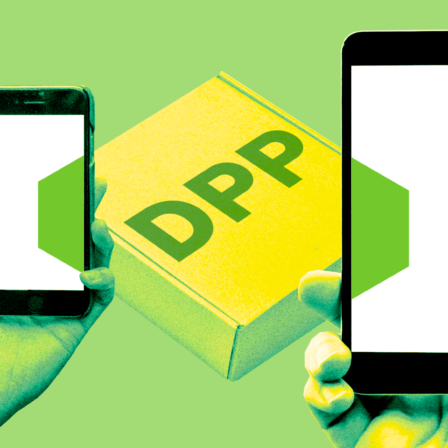
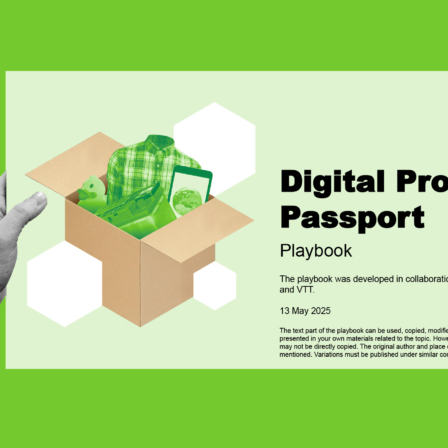

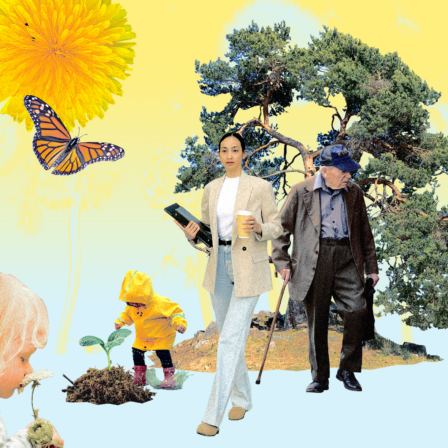






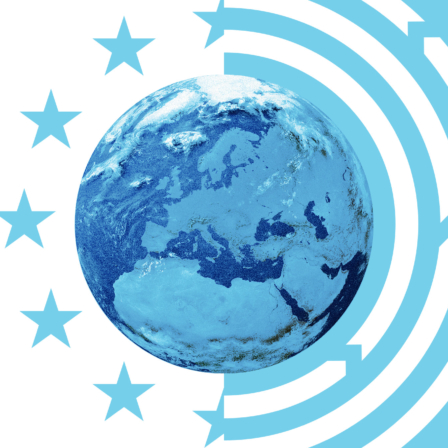

Recommended
Have some more.